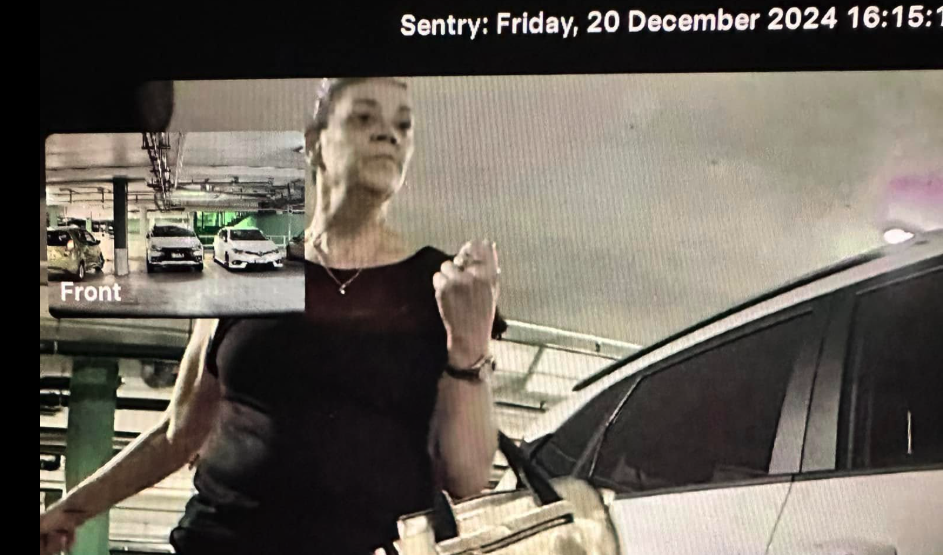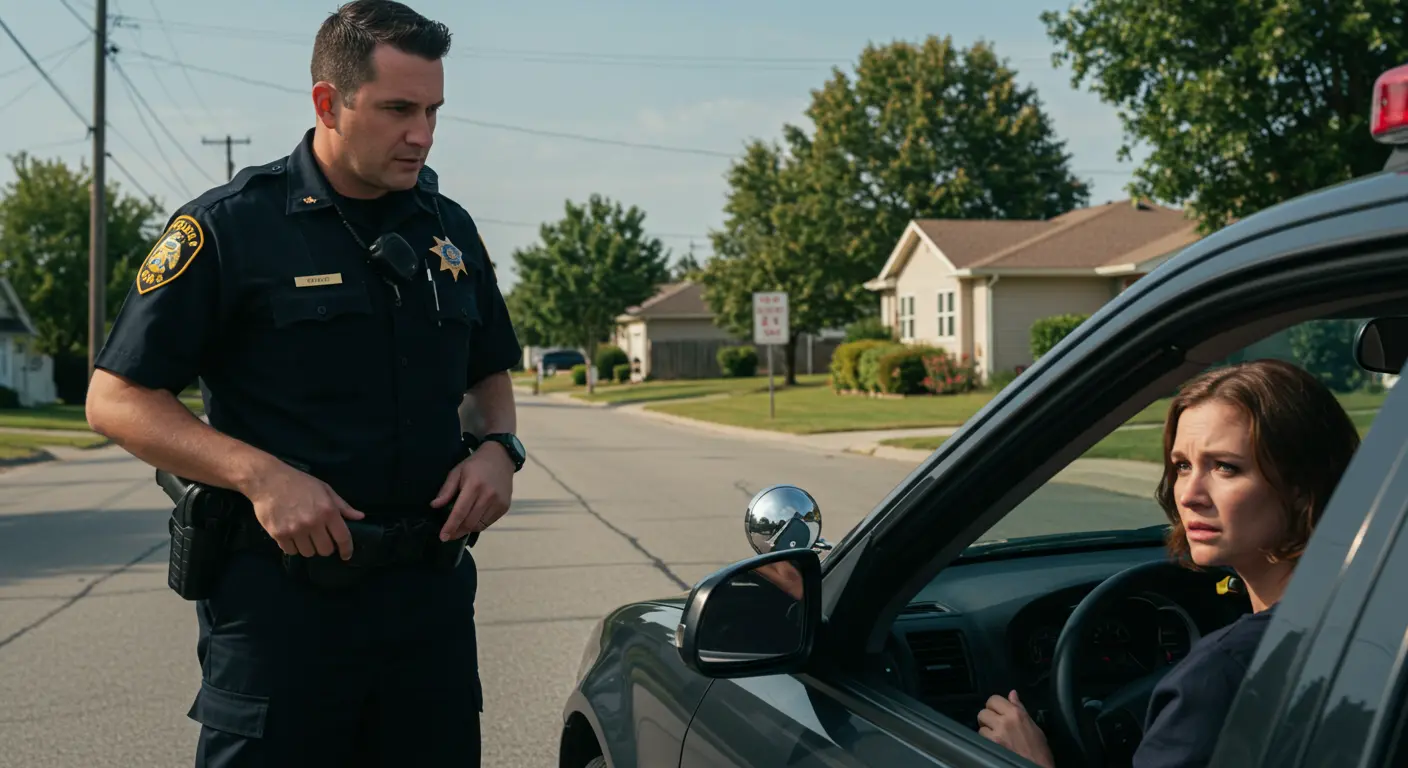In a significant shift to speed enforcement policy, Queensland Police have removed the use of warning signs previously placed ahead of mobile speed camera vans. The decision, which has been in place since July 1, 2015, was part of a directive from the state’s Road Policing Command aimed at improving operational efficiency and addressing the impracticalities of roadside signage.

Why the Signs Were Removed
According to Inspector Allan Hales from the Road Policing Command, the signs were considered too small and problematic. "If you are in an urban area you either put them on the footpath and people whinge about that or you put them on a street and people whinge you are taking up another car space," he said.
Instead, police have opted to increase the visibility of signage on the actual speed camera vans. The vehicles now include large placards with ‘Join the Drive’ campaign logos and prominent ‘Road Policing Command’ labels.
Enhanced Vehicle Placarding Replaces Signs
Rather than relying on ground signage, the enhanced vehicle branding is designed to alert drivers more clearly while also addressing complaints about physical signs obstructing paths or taking up valuable parking spaces. Queensland currently operates around 47 mobile camera vehicles, including 12 covert units that have never used external signage.
Inspector Hales noted that these changes were unlikely to result in an increase in fines. "The signs were so small and were out of place sometimes," he said. "The placard on the side of the van is larger, it's easy to see, and we thought that was better than having a small sign that people sometimes get distracted by."

Speed Enforcement Strategy
The update coincided with an increase in minimum speeding fines to $157 for offences less than 13km/h over the limit. In 2014 alone, almost 600,000 motorists were fined more than $87 million by mobile cameras in Queensland.
Inspector Hales added that police are focusing on reducing lower-range speeding, which has been shown to have a significant effect on crash frequency and severity. "It might only be one or two kilometres an hour but the research shows that even those small changes are significant," he explained.
Response From Safety Advocates
Steve Spalding, Executive Manager of Technical and Safety Policy at RACQ, supported the move. "I think police have always used a mix of overt and covert, and we certainly support that," he said.

Mobile Speed Camera Fine Data
| Year | Fines Issued | Hours of Operation | Fines per Hour |
|---|---|---|---|
| 2012 | 359,764 | 67,170 | 5.36 |
| 2013 | 436,080 | 92,303 | 4.72 |
| 2014 | 597,959 | 97,080 | 6.16 |
Continued Enforcement Focus
With school holidays and high-traffic periods regularly occurring, Queensland Police continue to target high-risk areas such as highways and school zones. The strategy reflects broader efforts to reduce the road toll by focusing on proactive and data-driven enforcement.
For more updates on road safety initiatives in Queensland, visit the Department of Transport and Main Roads website.



















